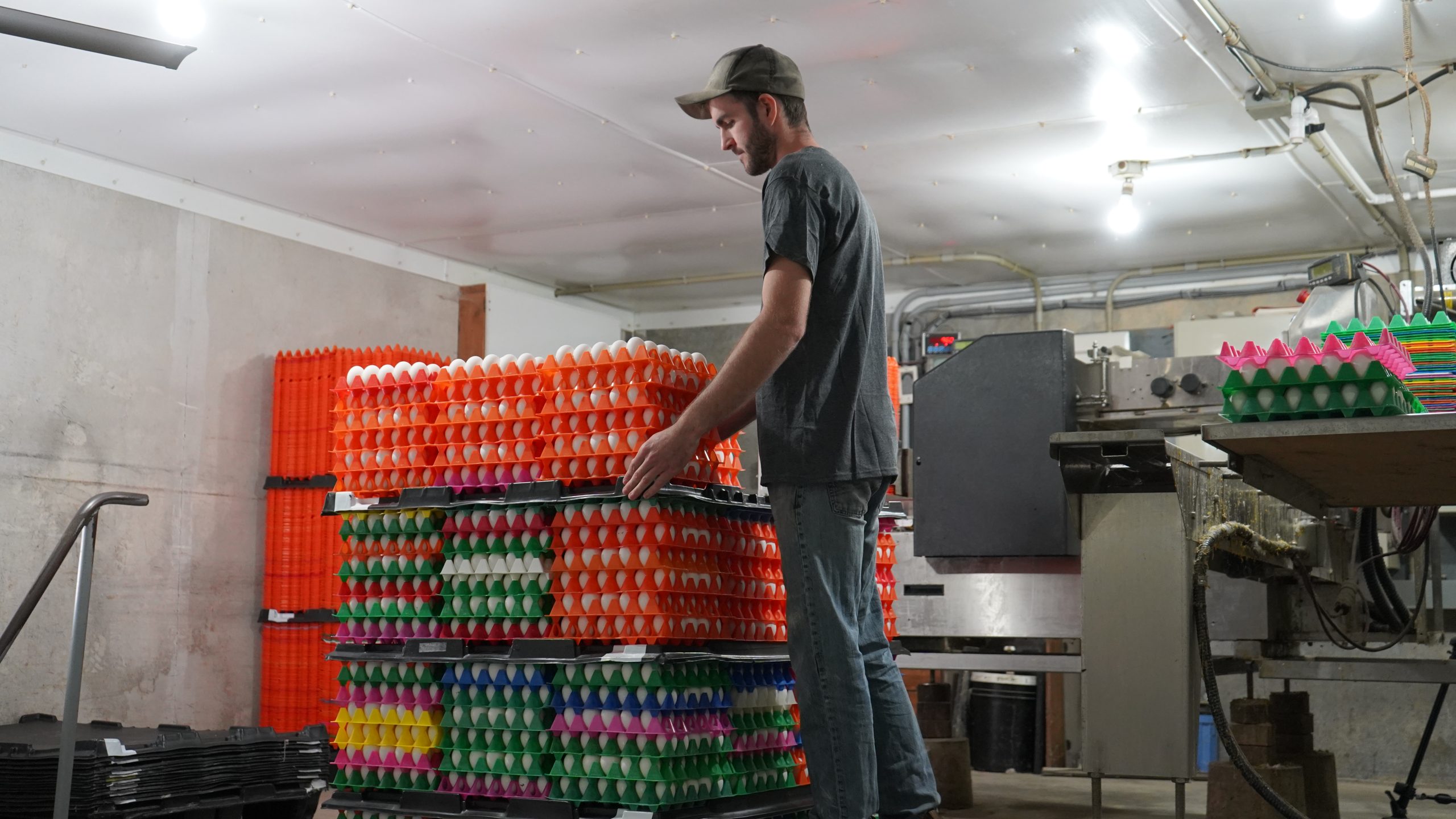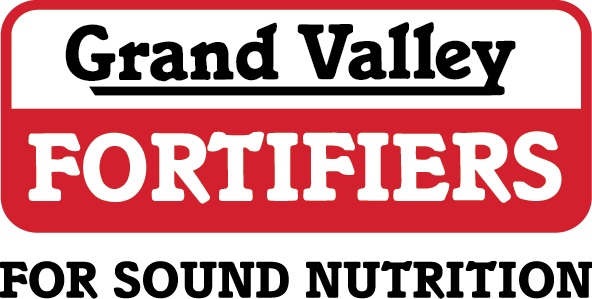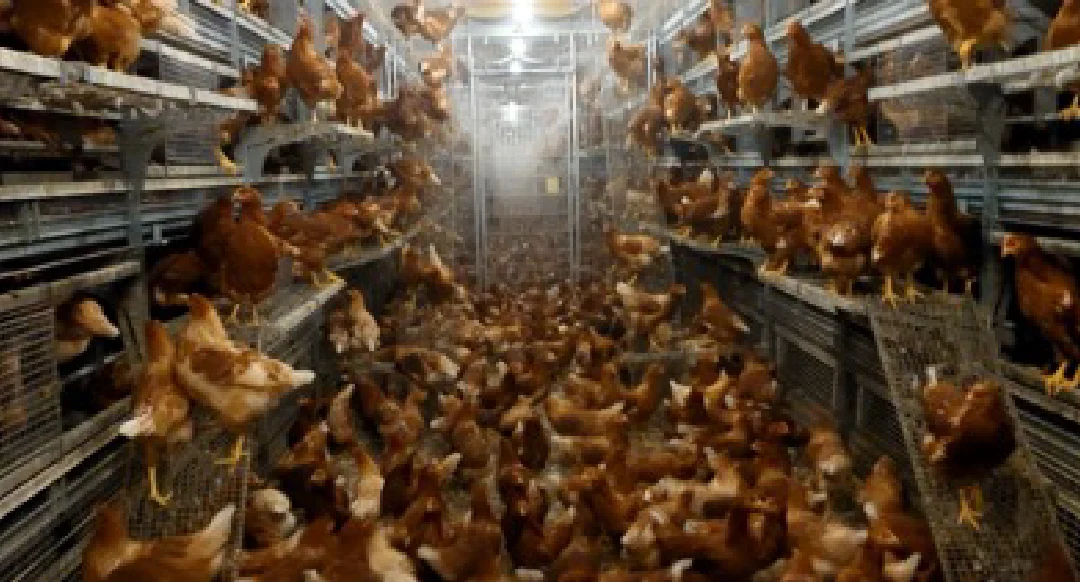By: Tanka Khanal, Ph.D., DVM,
Senior Poultry Nutritionist
Grand Valley Fortifiers
Introduction
Pullet nutrition is a critical aspect of layer production, as it directly influences the bird’s development, health, and subsequent egg production performance. Pullets are young hens that are raised from hatch until they reach sexual maturity, typically around 17 weeks of age (120 days) before transitioning into the laying phase. Proper nutrition during this growth period ensures optimal skeletal development, immune function, and reproductive maturity, setting the foundation for a productive laying cycle.
Importance of Proper Pullet Nutrition
Skeletal Development: Adequate calcium and phosphorus levels help prevent osteoporosis and eggshell quality issues later.
Uniform Growth: Ensuring all pullets reach uniform body weight prevents variations in egg size and production performance.
Immune Function: Proper vitamins (A, D3, E, and B-complex) and trace minerals (zinc, manganese, selenium) strengthen disease resistance.
Reproductive Readiness: Balanced energy and protein intake avoid early or delayed sexual maturity, optimizing laying potential.
Link between nutrition and genetics in pullet production and how does it help monitor cossidiosis
Selective breeding programs focus on traits such as feed efficiency, skeletal strength, reproductive longevity, and egg production consistency. Feeding programs are developed specifically for the different genetic lines, in alignment with recommendations from the genetic companies. Genetic advancements have led to pullets with faster and more uniform growth, improved disease resistance, and optimized body composition to support higher and prolonged egg production.

Photo 1 : Egg processing
As genetic lines evolve to grow faster and produce more eggs, their nutritional requirements must be precisely met to avoid developmental issues and maximize performance. Advanced genetic strains require carefully balanced diets with optimized amino acids, controlled energy levels, and adequate minerals, like calcium and phosphorus to support skeletal development and eggshell formation. Proper nutrition helps mitigate genetic predispositions to metabolic disorders, ensuring birds achieve their full productive potential.
Role of pullet nutrition in egg size
The growth and development of a pullet during the rearing phase have a direct impact on egg size during the laying period. Proper growth ensures pullets reach their target body weight at sexual maturity, which is essential for optimal egg size and production performance.
- Underweight pullets at the onset of laying produce smaller eggs, and catching up later is difficult, resulting in consistently smaller eggs.
- Overweight pullets may lay larger eggs, which can cause shell quality issues and increase the risk of prolapse.
- Adequate skeletal growth is crucial for calcium storage, which influences eggshell thickness and size consistency.
- Proper liver development supports lipid metabolism, which is essential for yolk formation and egg weight regulation.
- A well-developed pullet with balanced fat reserves will have a more stable hormonal transition into laying, ensuring uniform and steady egg size increase.
Pullet nutrition plays a critical role in determining egg size by influencing body weight at sexual maturity, skeletal development, and nutrient reserves. Proper nutrition during the pullet rearing phase (0-17 weeks) ensures birds reach their target weight before laying, as underweight pullets tend to produce smaller eggs, while overweight pullets may lay oversized or misshapen eggs.

Protein and Amino Acids: Adequate levels, particularly methionine and lysine, support optimal body development and albumen (egg white) quality.
Energy Levels: Controlled energy intake prevents excessive weight gain, which can lead to large eggs that compromise shell quality.
Calcium and Phosphorus: Proper skeletal development during the pullet phase ensures efficient calcium mobilization for strong eggshells and consistent egg size.
Vitamins & Minerals: Essential nutrients like vitamin D3, zinc, and manganese contribute to eggshell integrity and size regulation. Poor pullet nutrition can lead to delayed maturity, reduced early egg size, and inconsistent egg production. By implementing phase feeding strategies and precision nutrition, producers can optimize pullet growth, ensuring ideal egg size distribution throughout the laying cycle.
Conclusion
Pullet nutrition is crucial in layer egg production because it directly influences skeletal development, body weight uniformity, reproductive health, and long-term laying performance. Proper nutrition during the pullet phase ensures the bird develops a strong skeletal structure capable of supporting high egg production and maintaining eggshell quality. Poor pullet nutrition can lead to delayed maturity, reduced peak production, and lower persistency in egg laying.
If you have questions or would like to review your pullet nutrition program, please contact me at tankakhanal@grandvalley.com
This article was written for the Spring 2025 Poultry Grist. To read the whole Poultry Grist, click the button below.

